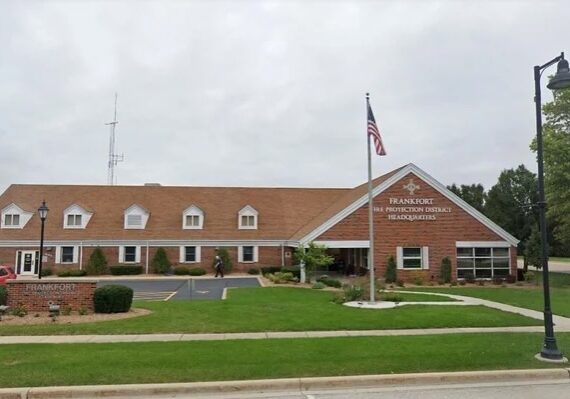
Frankfort Fire District Projects $350,000 Surplus, But Faces Capital Crunch for New Engine
Article Summary: The Frankfort Fire Protection District is on track to end the fiscal year with a $350,000 operating surplus, but officials warn that purchasing a much-needed new fire engine would create a $236,000 deficit in its capital fund. The mixed financial forecast highlights the district’s struggle to rebuild its capital savings while managing rising operational costs.
Frankfort Fire Protection District Budget Key Points:
-
The district projects a $350,000 operating surplus by the end of the fiscal year.
-
Purchasing a new fire engine would result in a $236,000 deficit in the capital purchases fund.
-
District revenue is up slightly, boosted by significant gains in bank interest, but ambulance fee collections are down.
-
Operating expenditures have increased, primarily due to wages and overtime costs.
FRANKFORT — While the Frankfort Fire Protection District is forecasting a healthy $350,000 operating surplus for the fiscal year, its ability to fund major equipment purchases remains a significant challenge, officials said during a special budget meeting on June 10.
District Accountant James Howard presented a positive financial picture for day-to-day operations, noting that revenue is on target and slightly up from the previous year, largely due to a significant increase in interest earned on the district’s CDs and money market accounts. However, this positive news was tempered by the stark reality of the capital fund.
Interim Fire Chief Paul Kinsella explained that the purchase of a new fire engine would plunge the capital purchases fund into a $236,000 deficit. “Capital savings are needed,” Kinsella stated, underscoring the district’s tight financial position for big-ticket items. To manage costs, Kinsella noted the district is using a lease-purchase plan for new Zoll Series Monitors.
Howard echoed the chief’s concerns, telling the Board of Trustees, “It will be a struggle to re-build the Capital account.”
The budget review revealed several contributing factors to the financial situation. On the revenue side, while interest income has been a bright spot, collections from ambulance fees are down, and EMS/MC collections have been lagging but are starting to improve. On the expense side, operating expenditures are up, driven by increases in wages and overtime. Howard noted that about 12% of the total budget is discretionary.
Trustee and President Nicholas Spano requested that monthly ambulance collection reports be made available to the trustees to better monitor the lagging revenue stream. In response to a question from Trustee Justin Lohrens, Kinsella also clarified that the district’s ambulance billing process has changed after its previous contractor, Andres, was bought out.
Latest News Stories

Meeting Summary and Briefs: Will County Board Legislative Committee for October 7, 2025

Frankfort Honors Hickory Creek Middle School Girls’ Softball Team for Fifth State Title

Summit Hill 161 Sees Major Gains on State Report Card
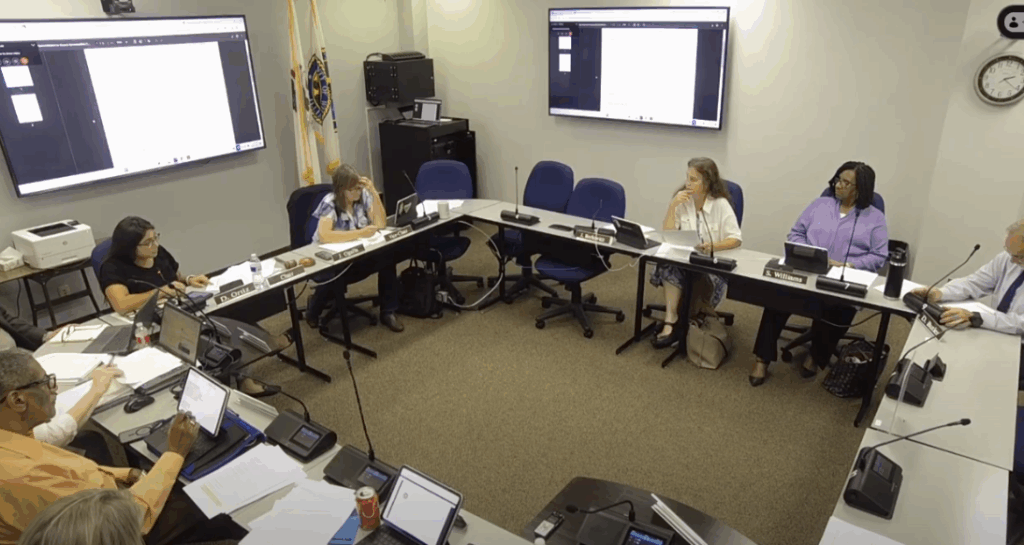
Will County Board Committee Passes Contentious ‘Live and Work Without Fear’ Resolution on 4-3 Vote

Will County Awards $10.4 Million Contract for Bell Road Widening in Homer Glen Area
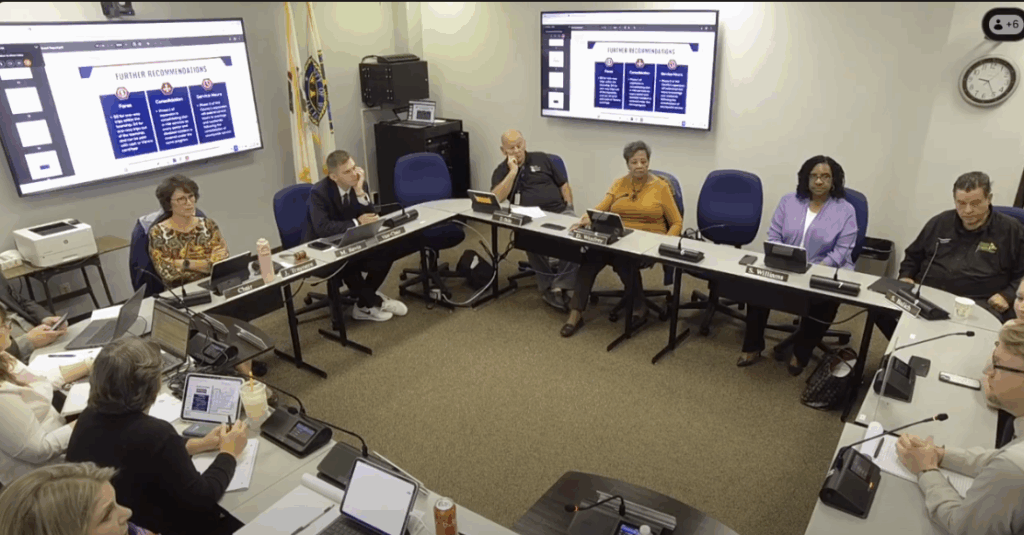
Meeting Summary and Briefs: Will County Public Works & Transportation Committee for October 7, 2025

Meeting Summary and Briefs: Will County Board Finance Committee for October 7, 2025

Meeting Summary and Briefs: Will County Board Capital Improvements & IT Committee for October 7, 2025

Meeting Summary and Briefs: Will County Board Public Health & Safety Committee for October 2, 2025
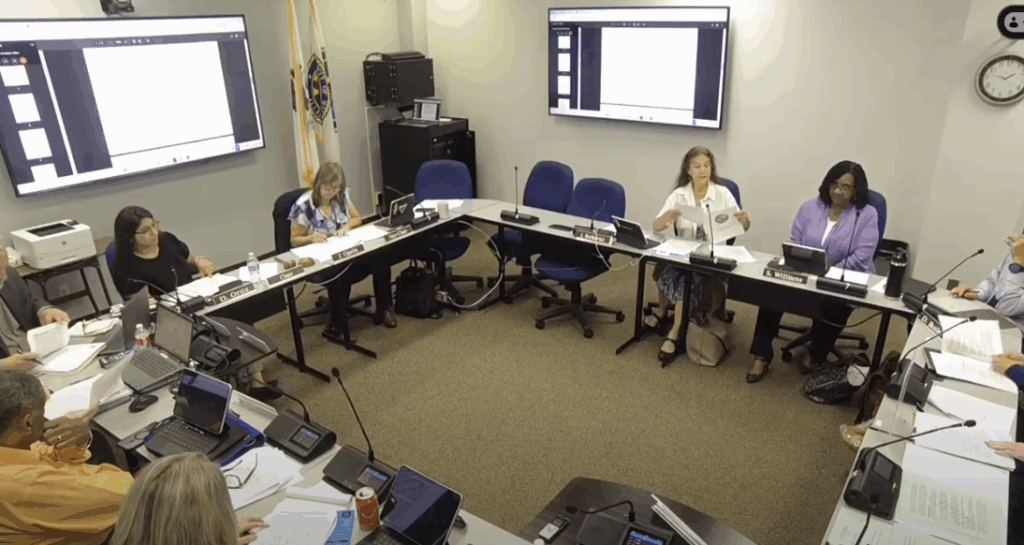
Will County Shapes 2026 Federal Agenda, Prioritizing Health, Housing, and Workforce Funding

Meeting Summary and Briefs: Will County Board Executive Committee for October 9, 2025
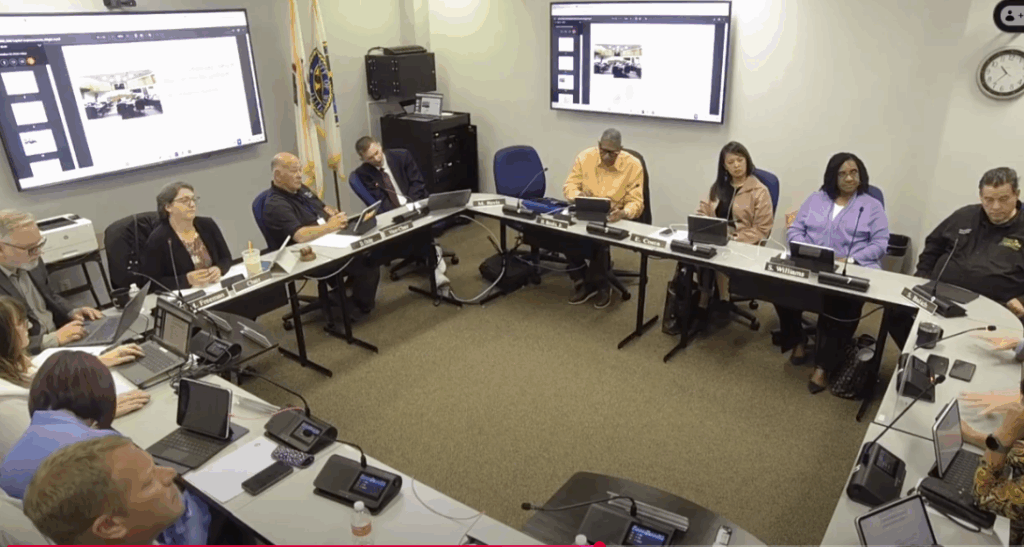
Renovations at Veterans Assistance Commission and Court Annex on Track for Winter Completion


